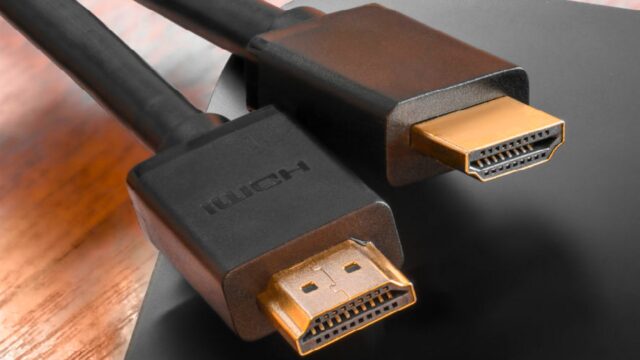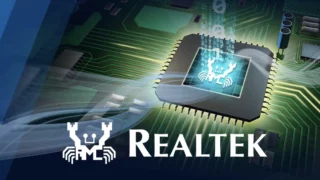China just shook up the global tech market with its boldest move yet. The country officially launched GPMI, a new cable standard that could dethrone HDMI and DisplayPort. GPMI stands for General Purpose Media Interface. It promises faster speeds, more power, and a completely new user experience.
GPMI: The Future of High-Bandwidth, High-Power Connectivity
Over 50 major Chinese tech firms formed the Shenzhen 8K UHD Video Industry Cooperation Alliance. Together, they developed this ambitious alternative. GPMI supports ultra-high-definition 8K displays and unifies data and power into one cable.
The standard arrives in two flavors: Type-B and Type-C. Type-B uses a proprietary connector and delivers up to 192 Gbps bandwidth. It also supplies an incredible 480 watts of power. Type-C uses the familiar USB-C shape and still hits 96 Gbps with 240 watts of power.
To compare, HDMI 2.1 peaks at 48 Gbps and offers no power. DisplayPort 2.1 maxes out at 80 Gbps—again, without power delivery. GPMI’s Type-B doubles the speed of DisplayPort and adds serious power capabilities.
These advances respond to the exploding demand for 8K content. GPMI ensures smooth, high-resolution media transfers without bottlenecks. Even the Type-C version crushes Thunderbolt 4 and USB4, which top out at 40 Gbps.
From Gaming to Broadcasting: Why GPMI Matters
GPMI doesn’t just transmit data—it powers your devices too. With 480W, the cable can run high-end gaming laptops with discrete GPUs. This means fewer wires and faster setups for users across industries.
It also brings in a universal remote control system like HDMI-CEC. One remote can now command multiple devices through GPMI, making it easier for users to switch and control gear.
Home theaters could change forever. One GPMI cable handles audio, video, and electricity. No more tangled cords. Gamers, too, benefit from lower latency and cleaner setups.
In studios and offices, GPMI simplifies complex systems. Fewer cables mean faster installation and lower maintenance. For content creators, that’s a game-changer.
But challenges remain. HDMI and DisplayPort already dominate the global market. Convincing manufacturers to adopt GPMI will take time. The proprietary Type-B design could also raise compatibility concerns.














